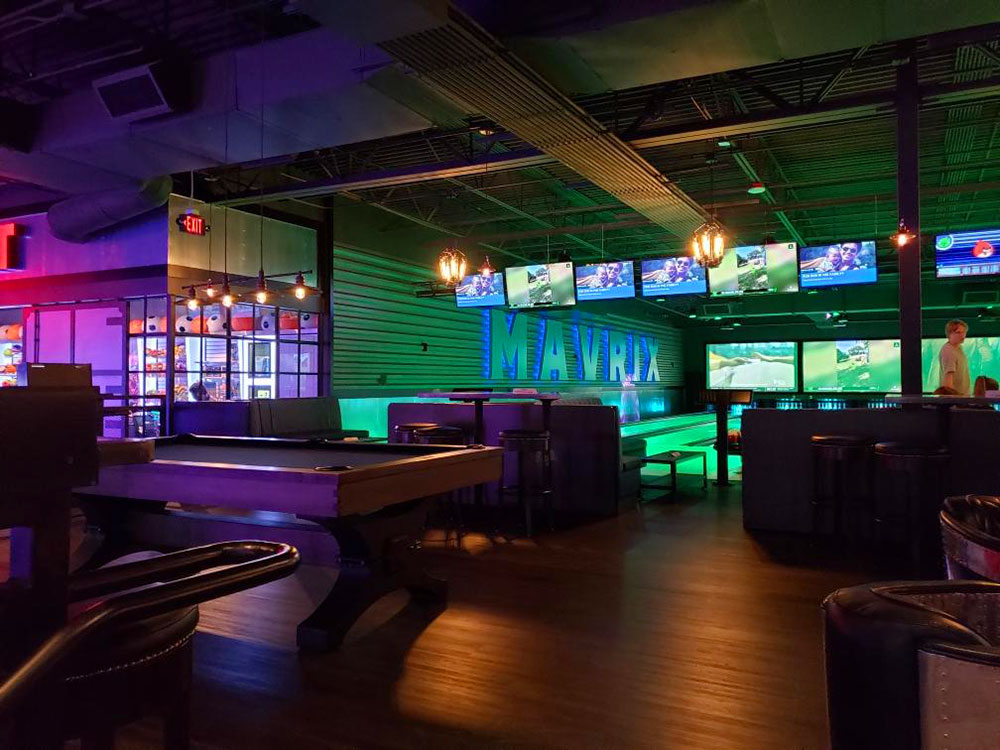Bright neon lights have long been staples of British cities—those bright, glowing lights that light up the streets of London, the West End, and countless other locations. They’ve been iconic in British culture for over 100 years, but they’re now at risk of vanishing. The problem isn’t that people don’t appreciate them, but that cheaper, mass-produced LED signs are flooding the market, often marketed as "neon" when they’re a far cry from the real thing. It’s a problem that’s affecting small businesses, traditional artisans, and even the survival of this heritage craft. The Origins of Neon in Britain It’s hard to imagine London without its glowing signs, but you might not know they were a British invention in 1898? Clever Brits Sir William Ramsay and Morris Travers discovered how to make this gas light up, and from there, the world was introduced to the neon sign.
It’s a problem that’s affecting small businesses, traditional artisans, and even the survival of this heritage craft. The Origins of Neon in Britain It’s hard to imagine London without its glowing signs, but you might not know they were a British invention in 1898? Clever Brits Sir William Ramsay and Morris Travers discovered how to make this gas light up, and from there, the world was introduced to the neon sign.
From bustling London streets to the shining signs of Times Square, neon became a fixture of cities worldwide. But now, we’re losing this part of our heritage. With only 27 skilled neon artisans left in the UK, the craft is dying out fast. Why the Real Deal Matters So what’s the issue? Well, the problem comes with cheap LED alternatives that look like neon but are nothing like the authentic neon. Neon signs are made from glass tubes that are carefully bent by hand, neon lights store filled with gases like the right gases, and this art takes years of skill to perfect.
These signs are true masterpieces, but the cheap knockoffs are factory-made, cheap, and often misleadingly sold as neon. It’s misleading for customers and hurting small businesses that still handcraft real neon signs. Take a company like Neon Creations in Bolton, run by Tony and Catherine Spink. They’ve been making real neon signs since 2005, but their business has seen a sharp drop in demand as customers are tricked into buying fake neon signs from big box stores.
When these customers realize the difference, they often contact small businesses for repairs on something that are fake to begin with. Why Neon is Still Important Neon signs aren’t just about making a quick sale; they’re part of our cultural landscape. Think of the signs outside classic theatres, pubs, and restaurants. They’re part of our culture, and despite the growth of the creative industries in the UK, with over £124 billion pumped into the economy from the arts, neon is a unique piece of that ecosystem.
The Call for Protection So, what needs to be done? The answer is simple: we need better protection for the real deal. What we’re asking for is proper certification, or a British standard, that marks genuine neon signs as authentic. This way, customers can tell the difference and know they’re getting the true craftsmanship. It’s not about banning anything; it’s about setting the record straight.
We also need to support the artisans who are keeping this craft alive, like Tony and Catherine at Neon Creations, who are trying to pass on their skills but struggling because the demand just isn’t there. The Future of Neon The reality is that the clock is ticking.
If you beloved this article and you would like to receive more info with regards to NeonPop Creators i implore you to visit our own site.
